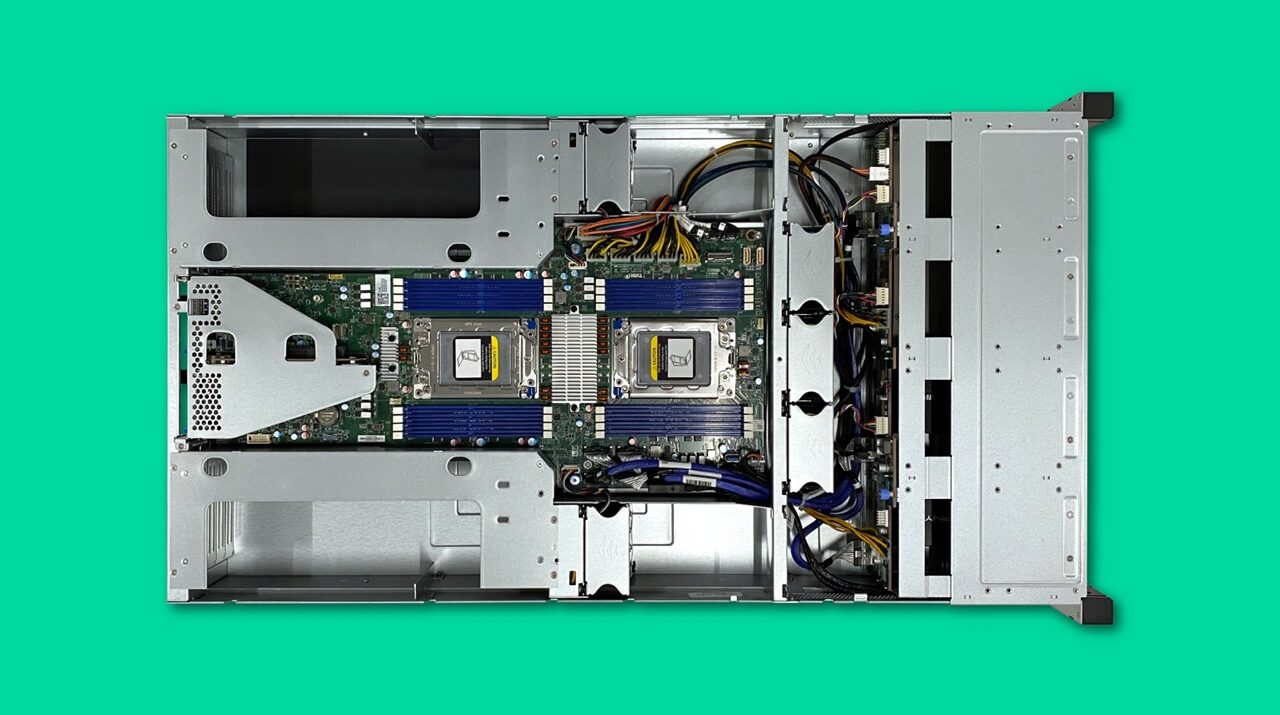
CPUs are the main parts of a computer that run everything. They perform basic arithmetic, logic and I/O operations, as well as allocate commands for other chips and components.
CPUs are built by placing billions of tiny transistors into a chip called an integrated circuit (IC). These microchips are the brains of your computer.
1. Single Core
The CPU (Central Processing Unit) is the brain of your computer. It is responsible for running your software, processing data, and sending it to the user for processing. It can have from a single core to 18 cores or more.
Historically, CPUs were designed with only one core, and it was sufficient for most tasks. However, as computers started to have more software and needed more Process Server, CPUs were designed with more cores so that they could handle multiple tasks at once.
A thread is a path for a program to use for processing data, and it’s a core function of any multi-core processor. A thread can be executed quickly when a task is completed, and it allows for a quicker transfer of data between cores.
Single-core CPUs have a number of issues that prevent them from running many tasks at the same time. First, they draw a lot of power and get very hot.
Second, they are limited by their clock speed. Luckily, CPU manufacturers have devised a practical solution that can boost the clock speed of individual cores if not all are being used.
These systems are generally considered to be more powerful than single-core processors, as they can handle many more tasks at the same time. Nonetheless, you should only buy a high-core count CPU if you are absolutely sure that all of your main workloads can make use of the cores.
2. Dual Core
Dual core is a type of processor technology that enables two complete processing units (cores) to run in parallel on a single chip. This gives users virtually twice as much power in a small package, which is ideal for multitasking and many applications.
This technology was developed to increase performance without increasing power consumption or heat. It also uses less space on the chip.
Another advantage of a dual core system is that it can be designed to work with a variety of different types of software. This makes it a good choice for users who need to perform multiple tasks at the same time, such as running email, web browsing and games.
However, it is important to remember that not all programs take full advantage of multiple processors. For example, popular design programs like Photoshop do not support multithreading.
This means that a user will have to be careful how they use their CPU. They will need to be sure that each program they open will run on a separate core and not share it with other programs.
3. Quad Core
A quad core CPU is a central processing unit (CPU) that contains four independent units called cores. Each core reads and executes instructions such as add, move data and branch.
These cores are typically bundled up and fitted inside a die. The die is the silver tab that you might see on your processor.
Quad-core processors are found in desktop and laptop computers. They generally have a high clock speed to offer excellent everyday performance and can be used for video editing at a very high level of detail.
In order for a quad-core processor to work efficiently, it requires a few other components. These include a front side bus that connects the processor to memory, and a shared pool of processor cache for frequently accessed routines.
Depending on how the processor is implemented, the amount of shared processor cache can have a significant impact on the overall speed of the system. For example, a quad-core with 8 MB of shared processor cache may be able to handle more than twice as many tasks as a quad-core with only 2 MB of shared processor cache.
In addition to hardware, a computer system’s operating system determines how well it can multitask. Software needs to be able to recognize and scale to multiple cores.